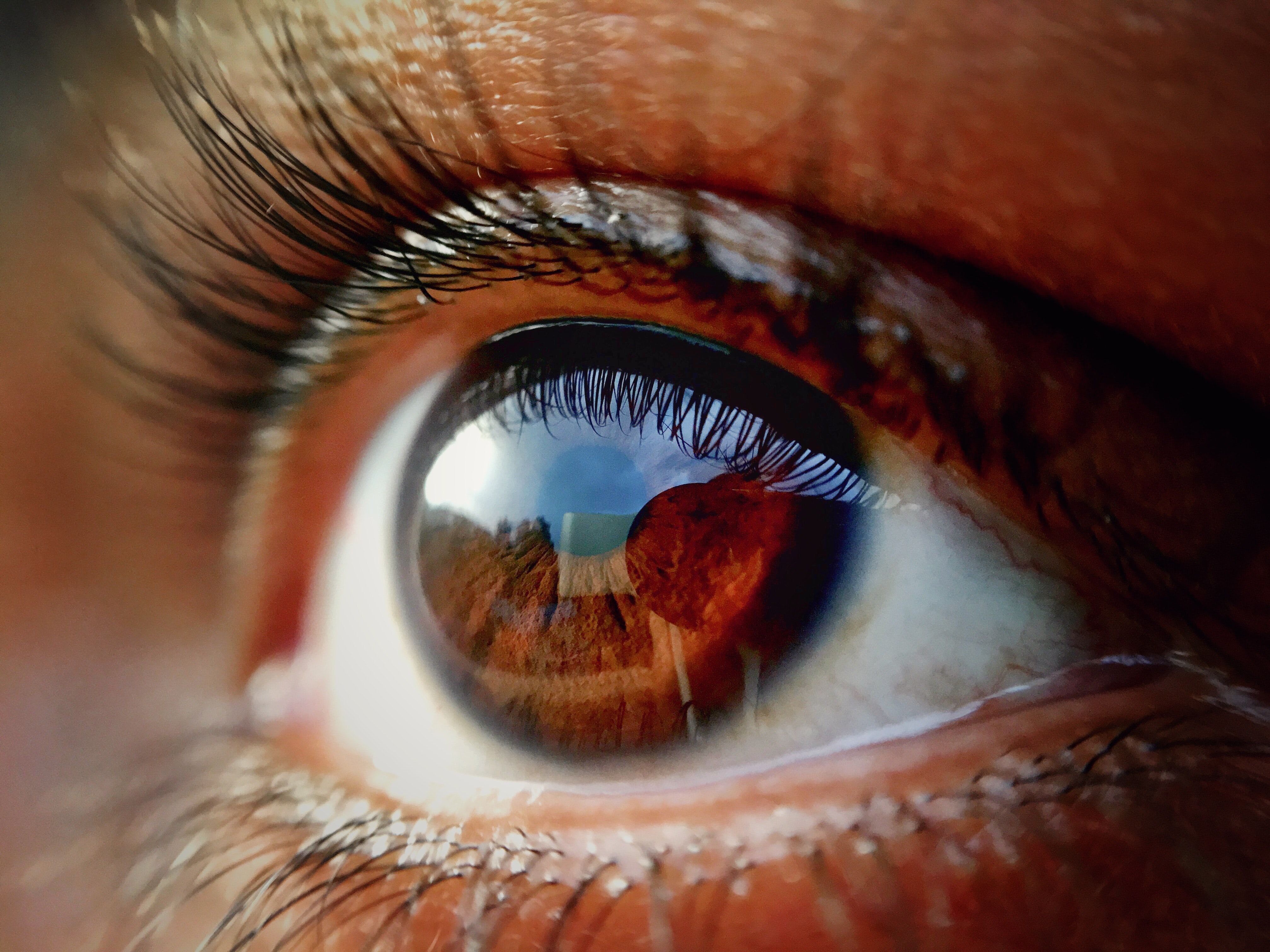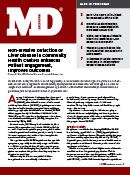Publication
Article
MD Magazine®
The Eyes Are Windows into Sport-Related Concussion in Adolescents
Author(s):
Pupillary light reflex metrics could provide an objective biomarker to determine whether an adolescent athlete has suffered a concussion.
pupils

Pupillary light reflex (PLR) metrics could provide a fast, portable and objective physiologic biomarker of sport-related concussion (SRC) in adolescents, according to investigators who compared the measures in athletes with clinically diagnosed concussion and in healthy controls.
Christina Master, MD, Sports Medicine and Performance Center, Children's Hospital of Philadelphia, and colleagues described their study as the first to demonstrate that quantitative PLR metrics can differentiate concussed adolescent athletes from healthy control participants.
"The results presented here may be clinically relevant because these metrics are easily obtained via automated dynamic infrared pupillometry (DIP), and the measurable objective differences discriminate well between adolescents with and without concussion, indicating potential future utility in the diagnosis of concussion in the sports setting," Master and colleagues wrote.
In accompanying commentary, Wesley Beaulieu, MhD and Adam Glassman, MS, Jaeb Center for Health Research, described the study as not only the first to evaluate PLR metrics in adolescents with concussion but, with a larger sample size than similar studies in adults, with sufficient power for strict statistical testing of the possible diagnostic utility.
"Specifically, they used the Bonferroni procedure, a simple approach that maintains the probability of finding at least 1 false-positive result at the desired level." Beaulier and Glassman observed. "We were happy to see that the authors of this study used an appropriate method for controlling the false-positive rate, given that several interconnected outcomes were analyzed in their study."
Master and colleagues measured 9 different parameters of PLR in 98 athletes with concussion diagnosis at a median 12 days after the injury, and in 134 healthy athletes participating in the study as controls before their sport season. All but 1 of the pupillary light reflex parameters, latency, had value ranges that were statistically significantly more likely to occur in concussion.
The 8 associated with the trauma were: maximum pupil diameter, minimum pupil diameter, percentage pupil construction, peak and average construction velocity, average dilation velocity, T75 (time for pupil redilation from minimum diameter to 75% maximum diameter), and calculated peak dilation velocity.
In addition to distinguishing concussion, the investigators determined that exercise had an effect on PLR metrics in control individuals. Specifically, they found those who exercised before pupillary assessment had smaller maximum and minimum pupil sizes with lower peak and average constriction/dilation velocities compared with the control individuals who did not exercise before the measure.
Master and colleagues also found prolongation of T75 in girls with concussion, which supports previously described sex-based differences following concussion.
"There are no previously reported sex differences in T75 in control participants, in either adults or children," the investigators noted, "making the sex differences in T75 in girls with concussion of particular interest."
Beaulieu and Glassman agreed with Master and colleagues that PLR metrics show promise as an objective, reproducible biomarker for SRC in adolescent athletes, but suggest that further study is required.
"Future prospective studies that evaluate individuals before and after SRC onset are needed to establish the utility of PLR in diagnosing concussion," Beaulieu and Glassman advised.
The study, “Utility of Pupillary Light Reflex Metrics as a Physiologic Biomarker for Adolescent Sport-Related Concussion,” was published online in JAMA Ophthalmology.

2 Commerce Drive
Cranbury, NJ 08512
All rights reserved.




